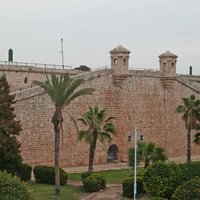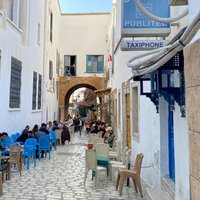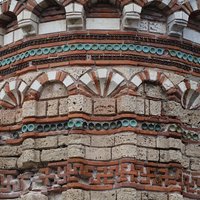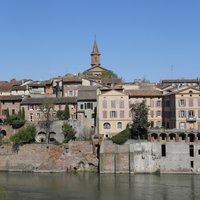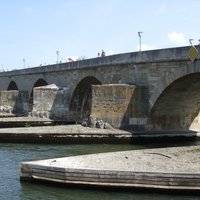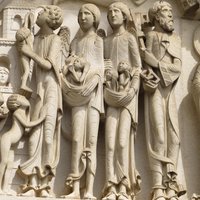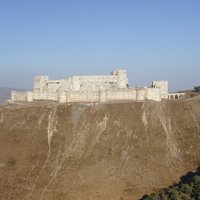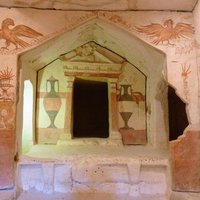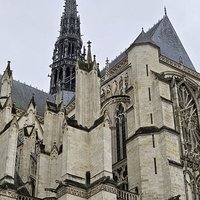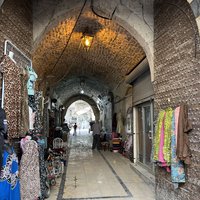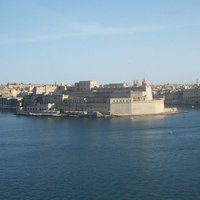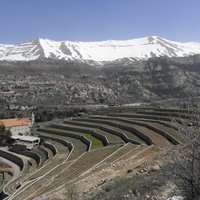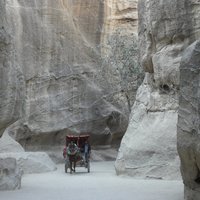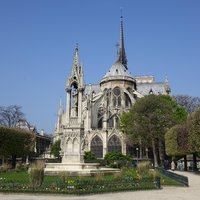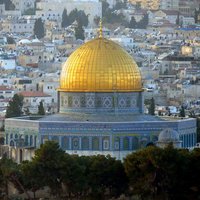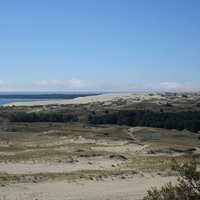Connected Sites
-
Ruled by the Hospitallers, its conquest was part of the Crusades and the Byzantine–Latin wars.
See en.wikipedia.org
-
"the siege of Acre was successfully completed in 1104, with the city capitulating to the forces of King Baldwin I of Jerusalem following the First Crusade. The Crusaders made the town their chief port in the Kingdom of Jerusalem." (wiki)
See en.wikipedia.org
-
-
Conquered in 1366
-
Albigensian Crusade (1209-1229), a 20-year military campaign initiated by the Catholic Church to eliminate the Cathar heresy in Languedoc.
See en.wikipedia.org
-
After its capture by the Crusaders in 1124, it became a crucial economic center for the Kingdom of Jerusalem
-
Was "the point of departure for the crusades of the years 1147 and 1189" and the Jews faced "forced christening ... in the year 1096 by crusaders who were passing through Regensburg." (Nom File)
-
"Bernard of Clairvaux preached the Second Crusade at the Council of Vézelay in 1146 with King Louis VII of France." "at a place called "la Croix Saint-Bernard", a few hundred meters from the basilica... " - To commemorate the event, a commemorative chapel, "the Sainte-Croix chapel" was erected which also is included in the core zone.
See wikimapia.org
-
the Tomb of the Patriarchs mosque was built as a Crusader church
-
The Krak des Chevaliers played a pivotal and multifaceted role during the Crusades, serving as one of the most formidable and important Crusader fortresses in the Holy Land.
See en.wikipedia.org
-
-
"In the 12th and 13th century, Byblos became part of the County of Tripoli, a Crusader state connected to, but largely independent from, the Crusader Kingdom of Jerusalem." (wiki) From that period, the Fort and Church of St. John-Mark remain.
See en.wikipedia.org
-
The head of St. John the Baptist comes from the sack of Constantinople by the Crusaders in April 1204, during the Fourth Crusade, and was brought to Amiens in 1206. (wiki fr)
-
The Citadel of "Aleppo" is a major component of the WHS and has a significant connection with "The Crusades".
See en.wikipedia.org
-
Valletta owes its existence to the Knights of St John, who planned the city as a refuge to care for injured soldiers and pilgrims during the Crusades (cityofvalletta.org)
-
"Comme la grotte de Hauqua, celle de Hadath servit de refuge pendant les temps troubles de la fin de Croisades. A deux reprises, en 1268 et en 1283 les habitants du village de Hadath, poursuivis par les armees Mameloukes de Baybars et Qalaoun, s'enfuirent vers cette grotte forteresse. Il est possible que lors de las premiere campagne des Francs aient fait partie des refugies. La siege de la seconde campagne dura une quarnantiaine de jours. Le patriarche de Hadath, inquietant autant les Musulmans que les Croises, aurait ete capture dans cette grotte" (Nom file)
-
Situated in the crusader district of "Oultre Jordain an outpost of the Kingdom of Jerusalem rules by King Baldwin I. Remains of 2 Crusader Castles. One in Wadi Musa may be outside the (undefined?) boundaries of the site but the other, "A smaller fort was built on al-Habis, a high point in heart of the ancient city to complete their signaling sight-line to Jerusalem".
See nabataea.net
-
1185: Heraclius of Caesarea calls for the Third Crusade from the still-incomplete Notre Dame cathedral. (wiki)
-
Jerusalem was the ultimate goal of the Crusaders, because of its immense religious significance for Christianity. it was captured by Crusaders in July 1099.
See en.wikipedia.org
-
Criterion (iii): .... "The Castle is at the same time the major material manifestation of the Crusades in eastern Europe, the forced baptism of the Baltic peoples, and the colonization of their tribal territories"
-
The Fourth Crusade resulted in the sack of Christian Constantinople
-
Edward I went on the 8th and 9th Crusade, in the latter he reached Acre in 1871 (and fought unsuccesfully). On his return home he met Savoy architect James de Saint George. "His programme of castle building in Wales heralded the introduction of the widespread use of arrowslits in castle walls across Europe, drawing on Eastern influences. Also a product of the Crusades was the introduction of the concentric castle, and four of the eight castles Edward founded in Wales followed this design" (wiki)
See en.wikipedia.org
-
Kaup was destroyed during the Northern Crusades


